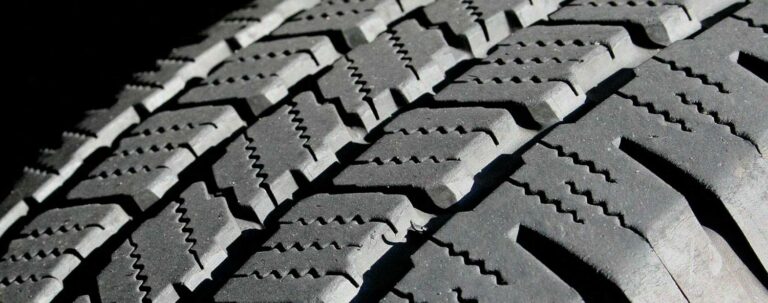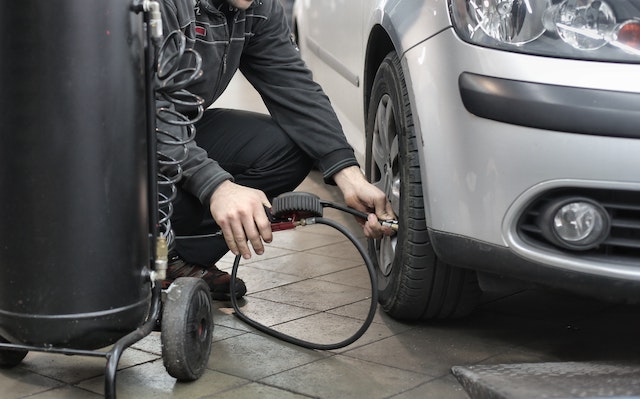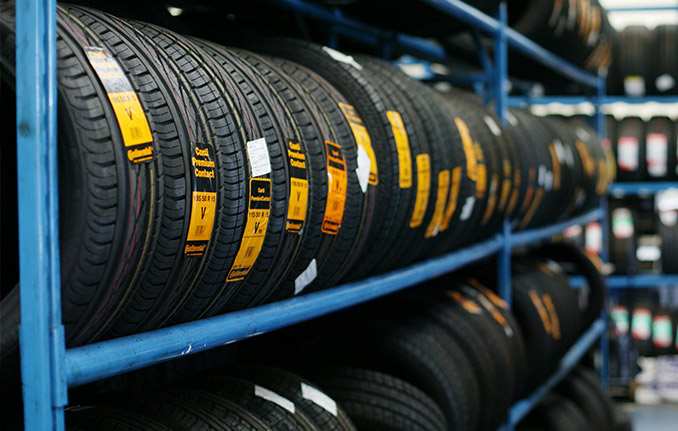Repairing a minor puncture is quick and cheap, but many drivers wonder if it would be better to replace the tyre altogether. On the other side of the coin, it’s possible for a tyre dealer to tell customers that they need a new tyre even when they really don’t – or they might be making the recommendation for the driver’s safety. As a motorist, knowing when tyres can and should be repaired and when they need replacement is a handy bit of information, and Chris Lett of Branigans Tyres is happy to share the benefit of his not-inconsiderable experience.
When a Replacement is a Must
It’s possible to repair most punctures, but some either can’t be effectively plugged or might endanger the driver if a repair is attempted. In most instances, a visual inspection will tell drivers and tyre fitters what they need to know.
“A hole in a tyre can easily be mended if it is small enough,” says Chris. “It’s feasible to repair punctures with a size of up to 6mm, but if they’re any larger, a replacement will be in order.”
The location of a puncture is also important. If it’s towards the edge of the tyre or on the sidewall, the tyre needs to be replaced. “There’s a high risk of complete tyre failure if the tyre is punctured in certain spots,” says Chris. “The sides of a tyre flex more, and even if a puncture were plugged or patched, the repair would work its way out. Over and above that, the puncture reduces the structural integrity of the tyre, making it potentially dangerous to attempt driving with it.”
When to get a Puncture Repair
Slow leaks are by far the most common type of puncture, and it might be tempting to put off getting a repair. But Chris warns that doing so is akin to playing with fire: those who do so might not get burned, but there’s a far greater chance of it happening.
“A slow leak can get bigger with wear, and the weak spot makes the tyre more prone to a full-scale blowout. Even if it doesn’t blow out, a small leak means that the motorist is doing much of his or her driving on a tyre that is not at its proper inflation pressure. This will affect handling, and in an emergency, drivers need every bit of handling performance they can get in order to avoid an accident.”
How to Spot a Puncture
Sometimes, punctured tyres make their presence known in no uncertain terms. But at others, car owners may need to be alert to know that they have one. “Always walk around the vehicle and check the tyres before driving,” says Chris. “If any of them is starting to sag, there is probably a slow puncture. Alternatively, a change in the way the car handles on the road might be noticed as the first symptom of a puncture or a motorist may hear a clicking noise because an object lodged in the tyre is repeatedly hitting the tarmac.”
Although it’s easy enough to check tyre pressure at a local filling station, Chris recommends investing in a tyre pressure gauge. “A tyre needs to be badly underinflated before there is a visible change in its shape,” says Chris, “and since underinflated tyres add to risks on the road, keeping tabs on tyre pressure is the smart thing to do. It’s for the sake of safety, and safety should always come first.”
Branigans Tyres has well-established workshops in Burleigh Heads and Southport in the Gold Coast region. Check out their full range of services or current featured promotions. Branigans award-winning affordable tyre subscriptions package start at $7.97 and help motorists budget for their ongoing tyre needs. To guarantee customer satisfaction when it comes to tyre servicing and vehicle maintenance, vehicle owners are encouraged to drive in at their convenience as no pre-bookings or appointments are required. The branches are Burleigh Heads: (07) 5535 2660 situated at 13 Flagstone Drive or Southport: (07) 5591 8633 situated at 1/277 Southport-Nerang Rd.







